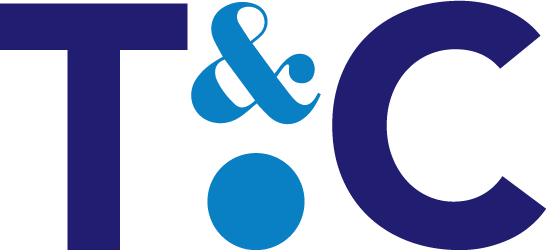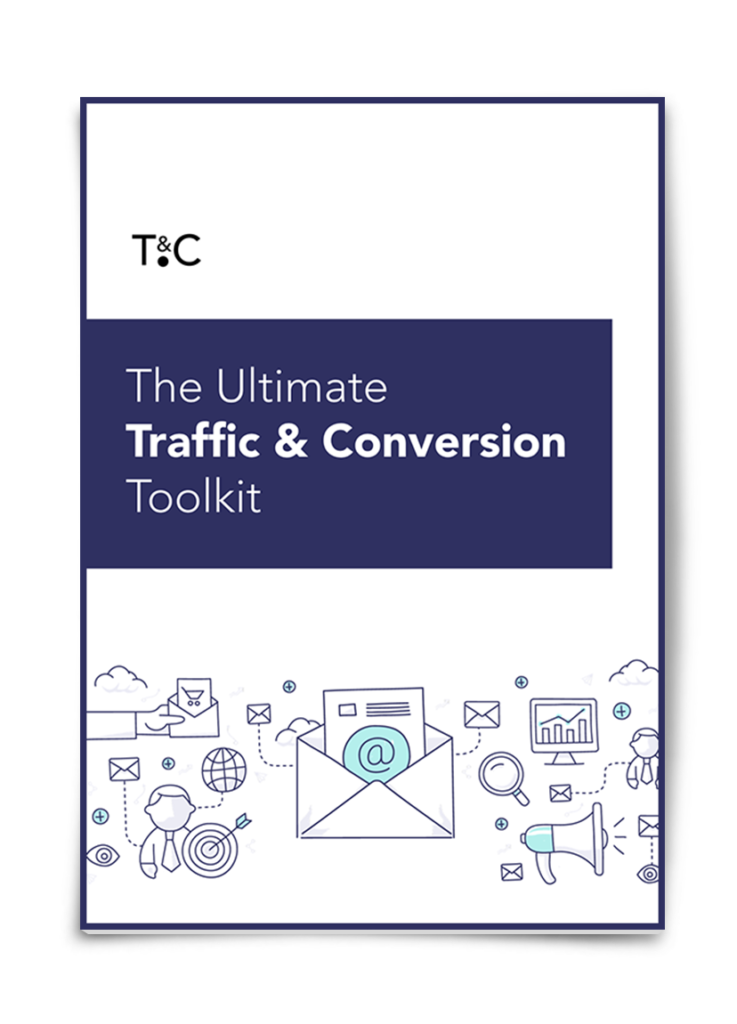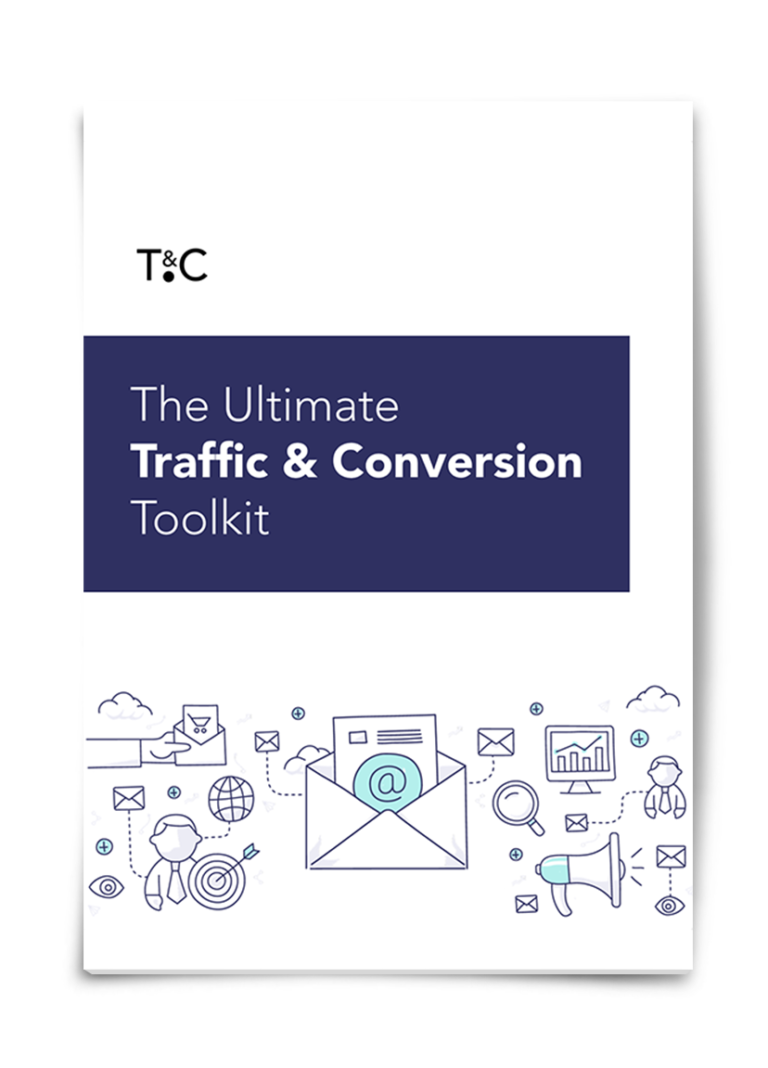One of the most important lessons that all entrepreneurs must learn is that growth in and of itself is not enough to guarantee ‘success’. Indeed, growing too quickly through traditional digital marketing can sometimes be just as devastating as not growing at all. You need systems in place to both sustain and scale that growth appropriately, you need to build a scalable marketing operating system.
Building a Scalable Operating System, One Step at a Time
Think about this idea within the context of a computer:
- For your business’ operating system to be scalable, it must do a few different things in tandem. Much like the set of algorithms that empower a real OS, it must document and optimize your company’s value creation process. This means it needs to clearly illustrate what you have to offer your target consumers that they don’t have access to right now.
- A part of this step also involves assigning clear roles and responsibilities to those around you, which will help reinforce team accountability across the board.
A scalable OS for your business must also be one founded on the idea of communication.
- Communication is the key to collaboration, which in and of itself is a pivotal part of how teams come together. It must be built to communicate progress, pivots, and any priority shifts that take place.
- It needs to convey all of this information in as close to real-time as possible. If a project is suddenly doing a 180 degree turn, it doesn’t help progress if half of your team doesn’t find out about it for two weeks. They need to know immediately.

This is much like the common language that binds together the various components in a computer operating system.
- Finally, that scalable operating system must provide clarity around virtually all aspects of the business. This includes not only the overall vision of your company, but also its mission, its values and its ultimate goals. This is similar to the desired outputs that a computer operating system enables.
When you put those three steps together within this context, you have all the elements you need to accomplish virtually anything that you set out to.

Slow and Steady Wins the Race
Of course, getting to this point isn’t something that is going to happen overnight. First, you need to be able to define what ‘scale’ means in your situation to begin with. Remember that not all businesses are created in quite the same way.
- Your products and services, your target audience, and even future projections pertaining to the market itself will all help you understand what you need to accomplish to that end.
- Only then can you put a strategy in place to help achieve those goals.
This will also require a number of important mindset changes that many new entrepreneurs often have difficulty with.
- First, they need to stop annual planning. A far more scalable planning system involves doing so in quarter cycles. Entrepreneurs should execute in 90-day sprints and should be measuring that progress on a weekly basis. This helps to give them the best chance at not just long-term success, but the ability to pivot in the short-term should the need arise.
- People should stop with end-of-the-year planning for largely the same reasons.
- Instead, entrepreneurs should ask themselves how much they plan to grow?
- Are they looking for something along the lines of hyper growth, which would be 3X or 75% per year?
- Maybe rapid growth is more appropriate. This is still very fast and typically difficult to achieve without some kind of outside funding, unless you’re operating in a very fast-growth market.
For many, a steady growth of between 50% and 75% year over year will be more than appropriate. This is a great goal for bootstrapped companies in particular.

On the other end of the scale we have mature growth, which is a rate of about 10% to 25% year over year. This is fine so long as your existing margins are strong. Entrepreneurs just need to make sure they aren’t lagging behind the market.
If the market is flat, 10% growth is more than acceptable. However, if the market is growing at 10%, that means you are falling behind.
In the end, scaling your business requires the entrepreneurial equivalent of an operating system and getting to that point requires just three straightforward steps. Following them helps you step out of the “day-to-day” so that you can enjoy the scaling business operations you always wanted, which is the most important goal of all.







